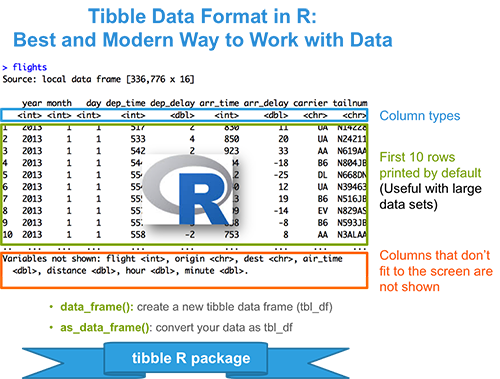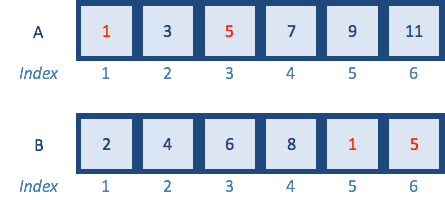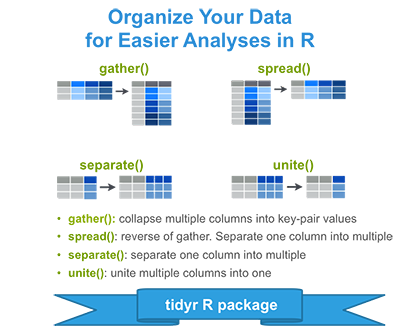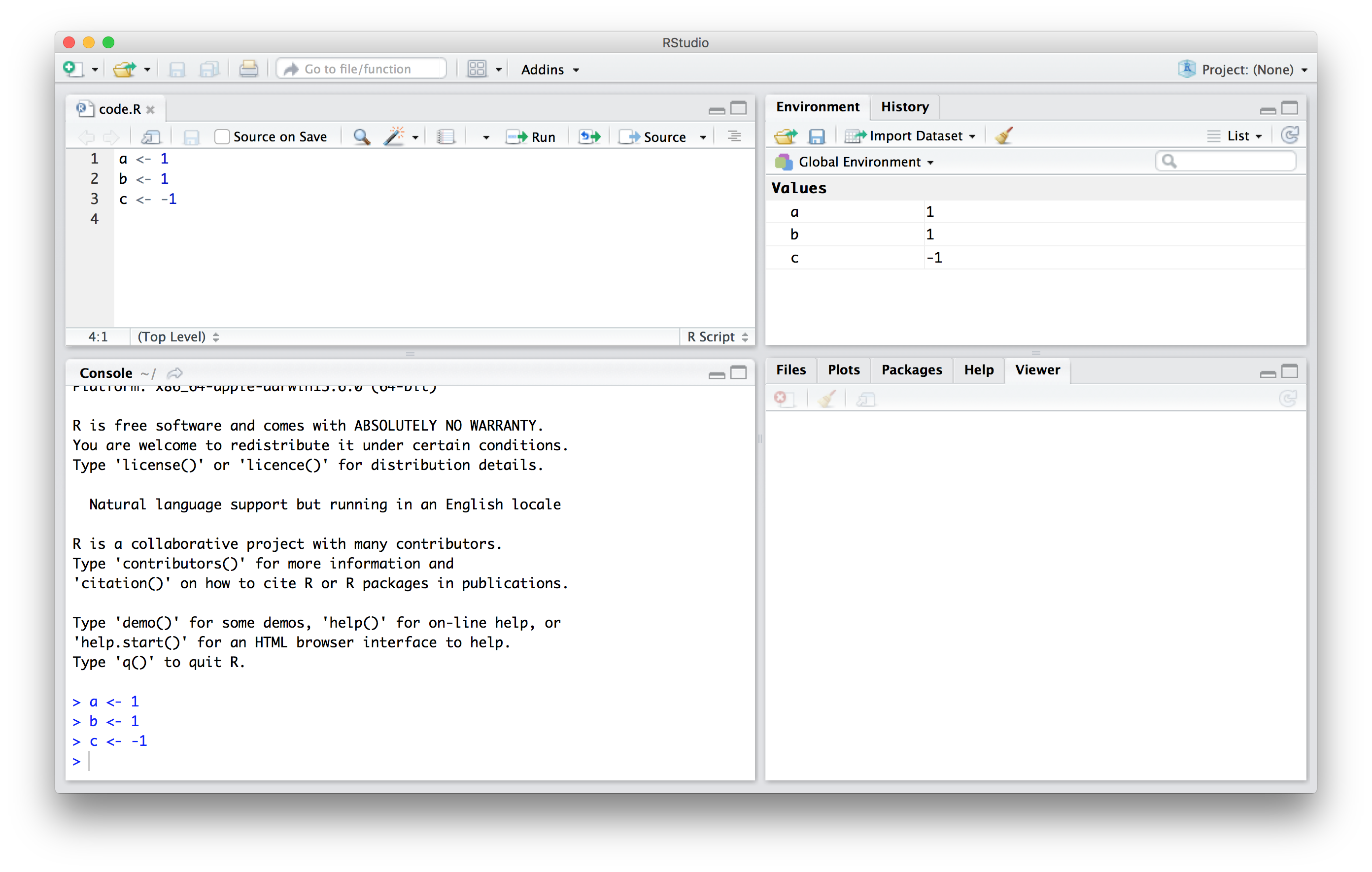R Data Frame To Vector

Knowing the differences between them will help you use r more efficiently.
R data frame to vector. To form a table vectors are required to have equal lengths. Convert data frame to vector. To combine a number of vectors into a data frame you simple add all vectors as arguments to the data frame function separated by commas. This is probably the easiest solution in case you want to convert a data frame column to a vector in r.
However there are several other alternatives example 2. As numeric data 3 convert row to vector 3 4 5 the final output is a numeric vector consisting of the values of row three. Convert data frame column to vector by subsetting data. As you can see based on the output of the rstudio console we stored the values of the column x1 in the vector object vec.
Each column is represented by a vector of different data types like numbers or characters. Example of unlist function in r. Keep characters as characters in r you may have noticed something odd when looking at the structure of employ data. The data frame function supports the construction of data frame objects by combining different vectors to a table.
Lets use the default bod data set to depict example of unlist function in r to convert data frame to vector convert data frame to vector with r unlist function a unlist bod a the above code takes up bod data frame and converts all the columns to vector as shown below. R will create a data frame with the variables that are named the same as the vectors used. In order to convert this one row data frame to a vector we can use the as numeric function as follows.


















